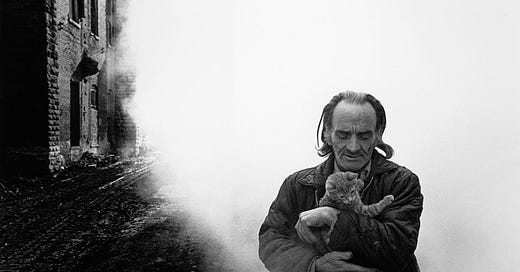Everyday Life in Incarceration Nation
From juvenile offenders to greying lifers, fifteen photographers offer a human glimpse of the world’s largest prison system—and the millions of Americans trapped in its wide-ranging web.

Photo by Sean Kernan
Starting around 1980, the United States exponentially expanded its prison system, now the largest in the world by a long shot. This country has put a name to the phenomenon that now has one in every 36 people under some sort of correctional control. We call it "mass incarceration." But what does the result of four decades of mass incarceration look like?
Keep reading with a 7-day free trial
Subscribe to Narratively to keep reading this post and get 7 days of free access to the full post archives.



